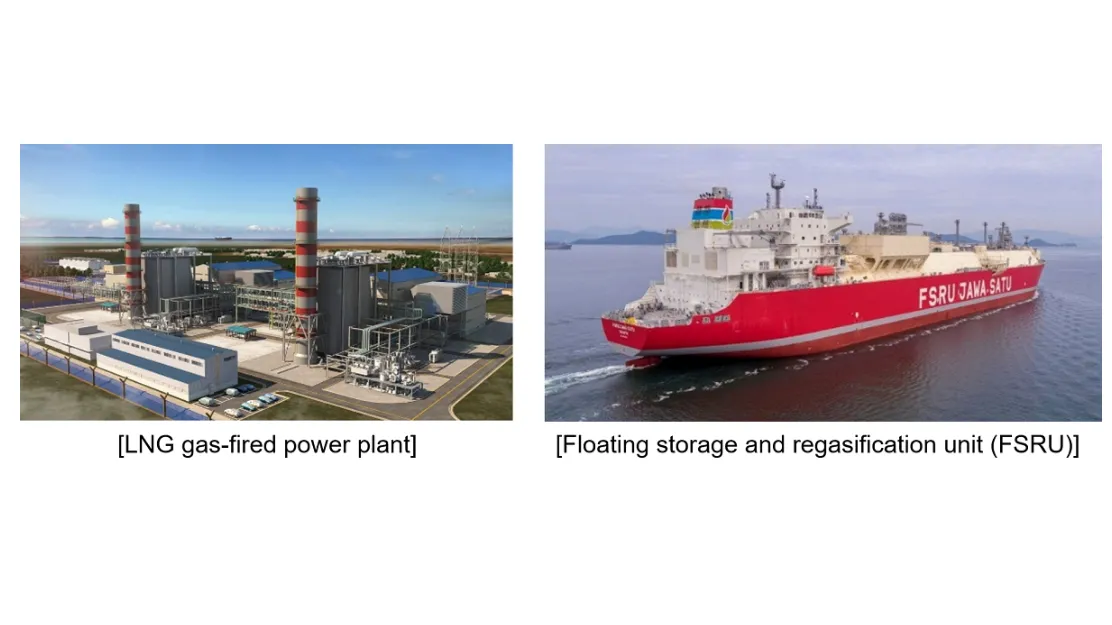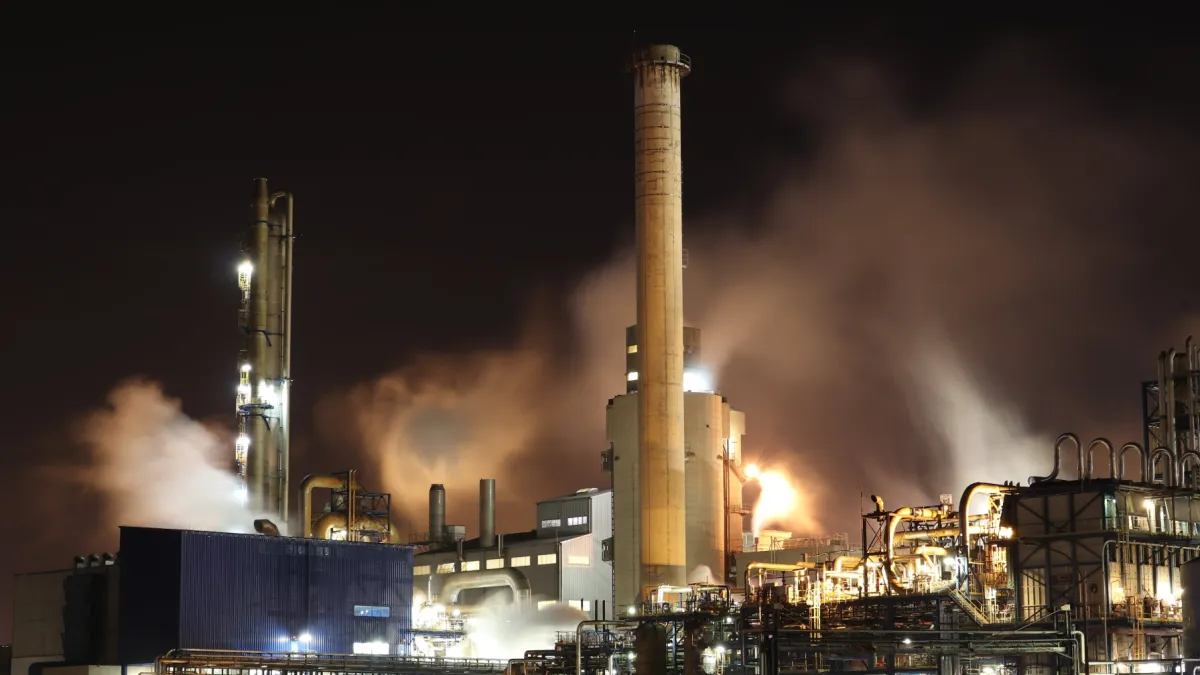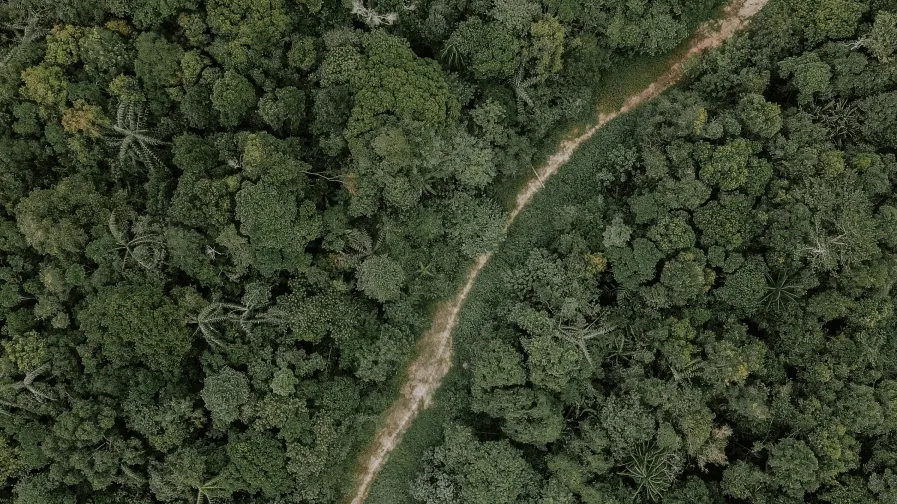Three Gorges Dam has expensive problems Dam has expensive problems
Silt stopped and stored by the Three Gorges Dam is creating riverbank
collapses in the lower reaches of the Yangtze, a hydraulic expert told
the Global Times Wednesday.
The cause of these collapses is clearer water hitting the middle and
lower reaches of the river, said Liu Shukun, a professor in the
department of hydraulics at the China Institute of Water Resources and
Hydropower Research in Beijing.
"The water generates stronger scouring force against the river banks,
making them more vulnerable to collapse," he said.
Silt content at three points along the Jingjiang section of the Yangtze
– 30 kilometers downstream of the dam – has fallen 70 to 80 percent
since the dam started storing water, according to statistics from the
Yangtze Water Resources Commission of the Yangtze Institute of Survey
Planning Design and Research in Wuhan, Hubei Province, the 21st Century
Business Herald reported.
The 430-killometer-Jingjiang River is what the Yangtze is called from
Zhicheng, Hubei Province, to Chenglingji in Hunan Province.
Large riverbank collapses in Nanwuzhou, a 25-kilometer-dam on the
Jingjiang River, hit twice last year, leaving a 600-meter collapsed
section, the Guangzhou-based newspaper reported.
In the four years after 2003, when the dam started storing water, 124
collapses occurred along the Jingjiang River, the report said.
Statistics from 2002 to 2006 suggest annual bank and riverbed erosion 10
times higher along the Jingjiang River since the Three Gorges Dam began
storing water, according to an expert at the institute, the newspaper
reported.
The constant collapses have hurt attempts at bank protection, Cai Qihua,
director of the Changjiang Water Resources Commission of the Ministry of
Water Resources, told the People's Daily on June 11.
"The erosion is much more serious than we had predicted," she said.
The Yangtze riverbed and its water level had also fallen in recent
years, according to Liu.
During the five years after the dams stored water, riverbeds of some
sections of the Jingjiang River are about one meter lower than before,
the Guangzhou-based newspaper said.
The Yangtze water level will fall 5 to 10 meters more in drought
seasons, a hydraulic expert was quoted by the newspaper as saying.
Poyang and Dongting lakes near the Yangtze have almost no water.
"With a lowering Yangtze riverbed, droughts will occur at the two lakes
frequently in the future," Liu said.
"Hunan and Jiangxi provinces are planning to build locks on the lakes
that will have a negative impact on the irrigation and ecology of the
lower reaches."
The government has invested more than 100 billion yuan ($15.5 billion)
to study the problems in the lower Yangtze reaches, Liu said.













 Advertise
Advertise











